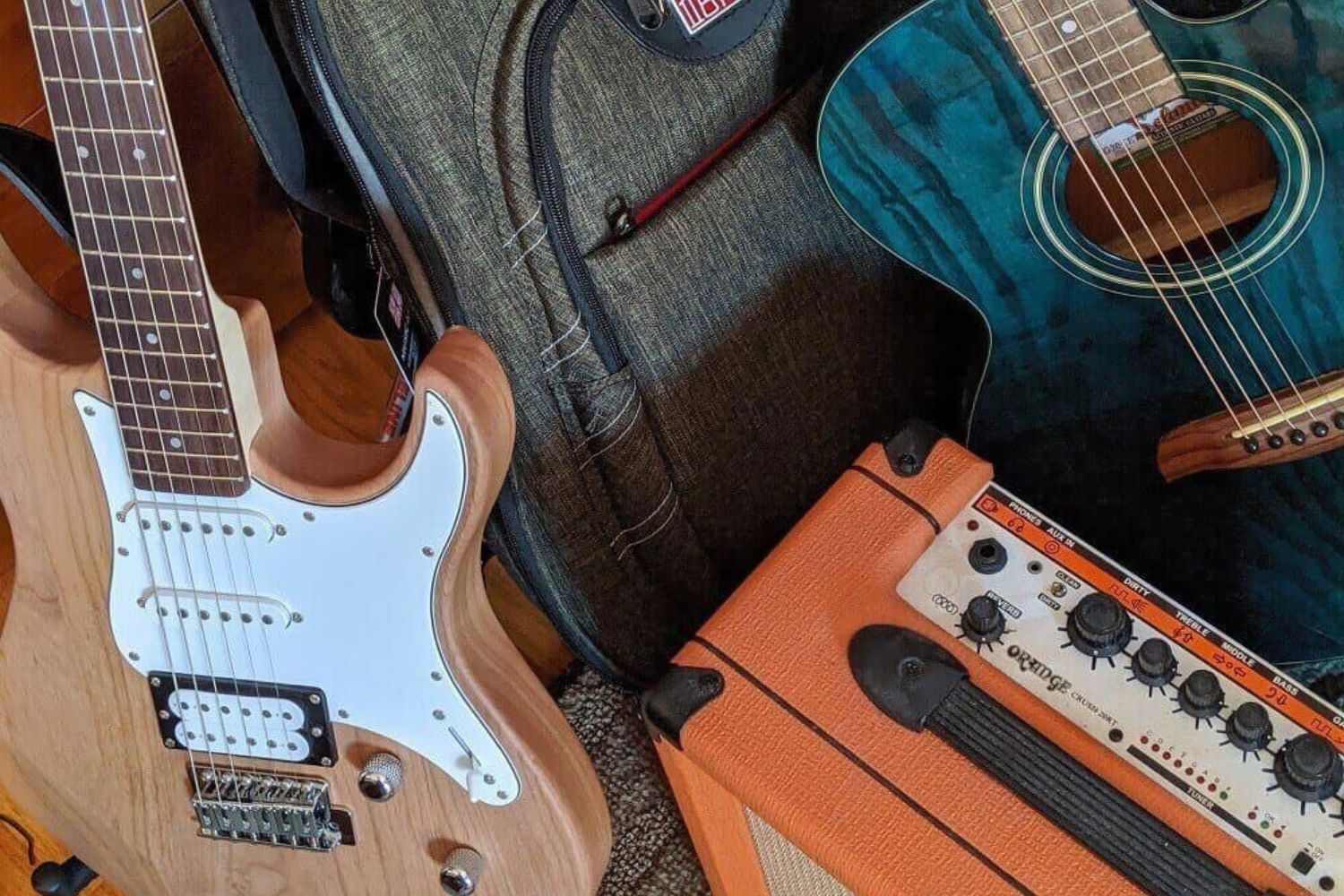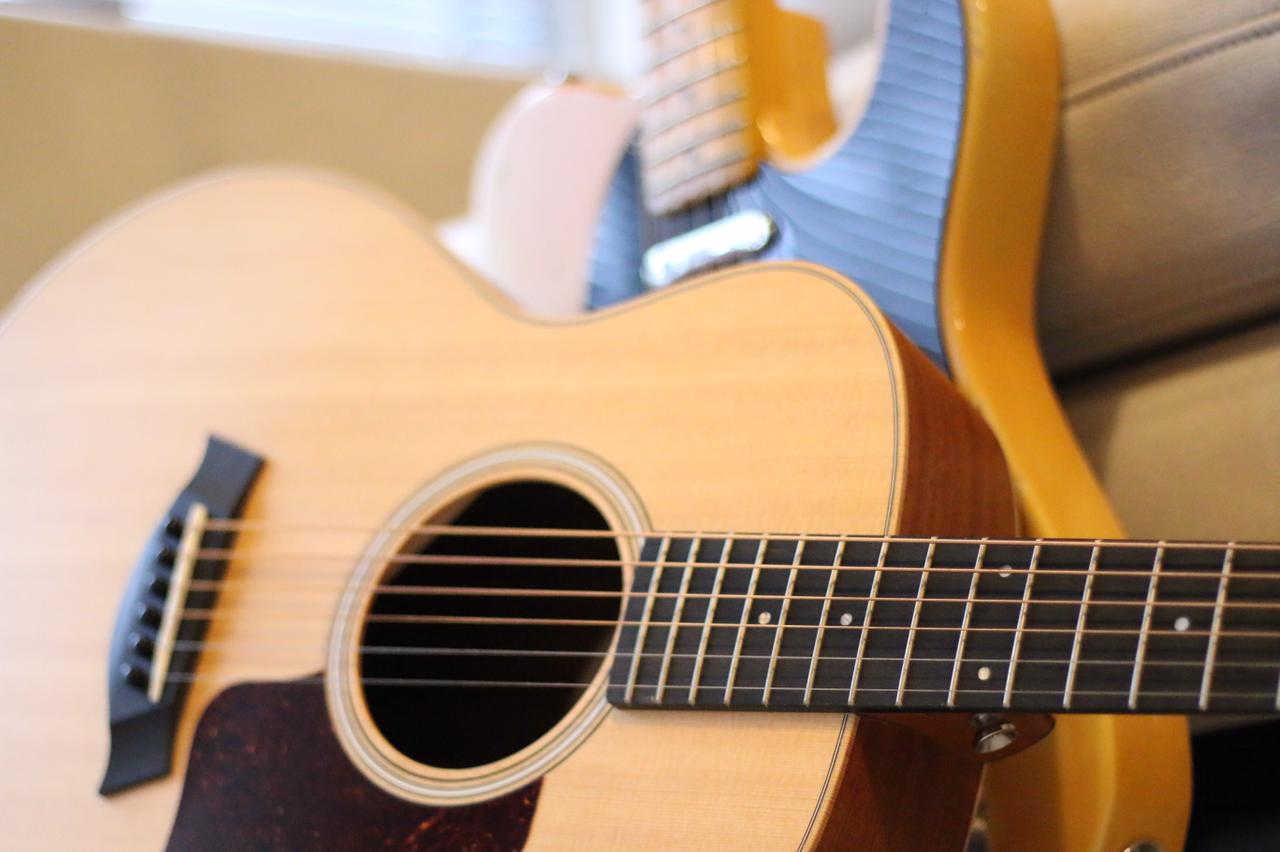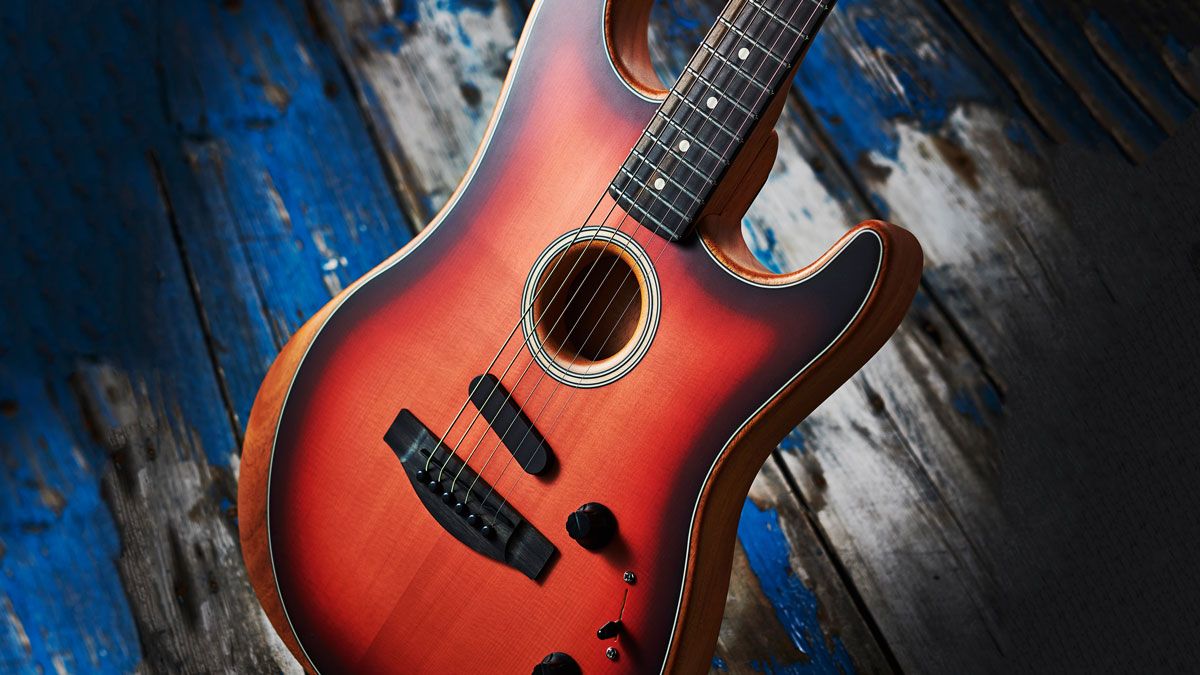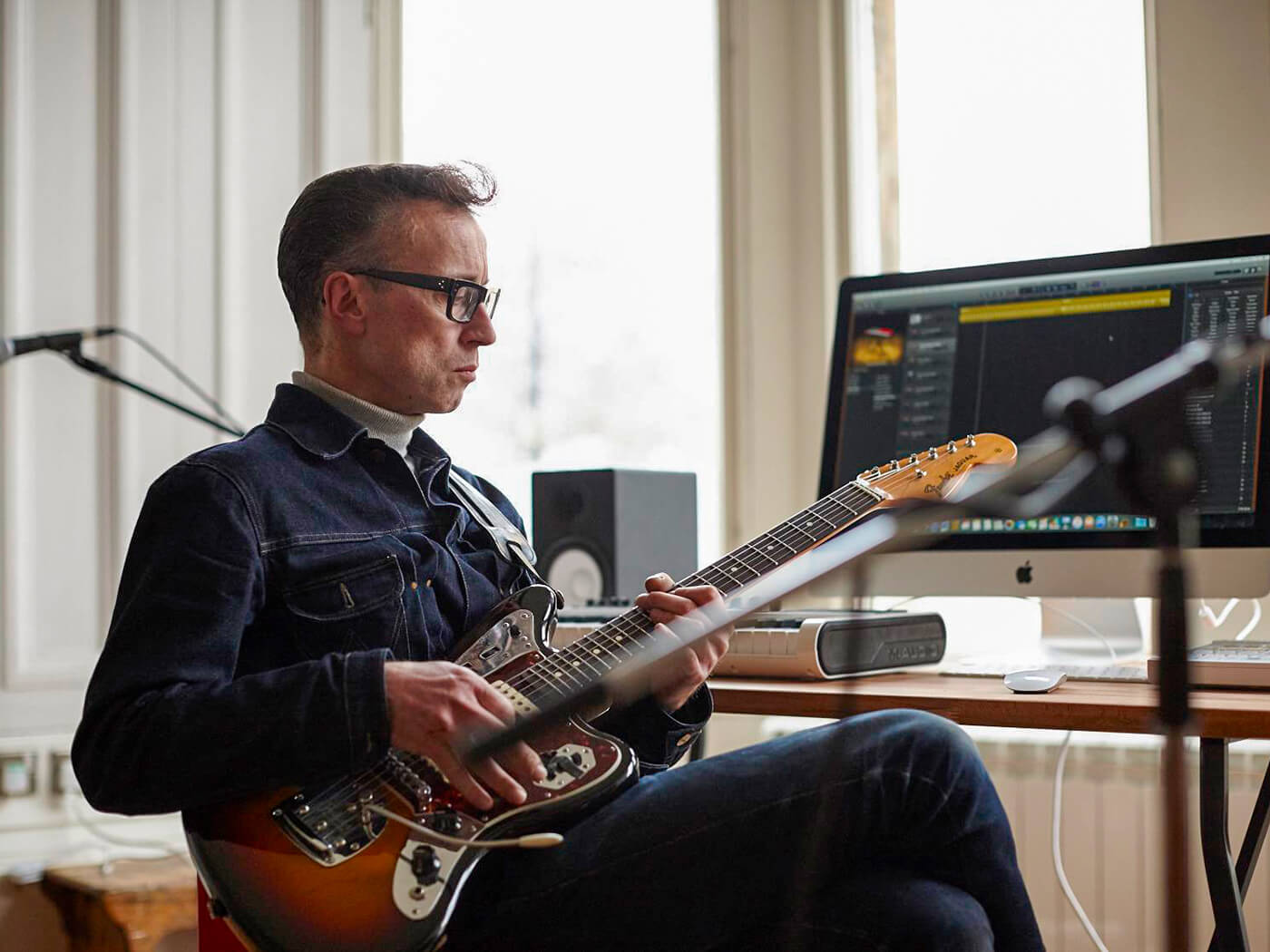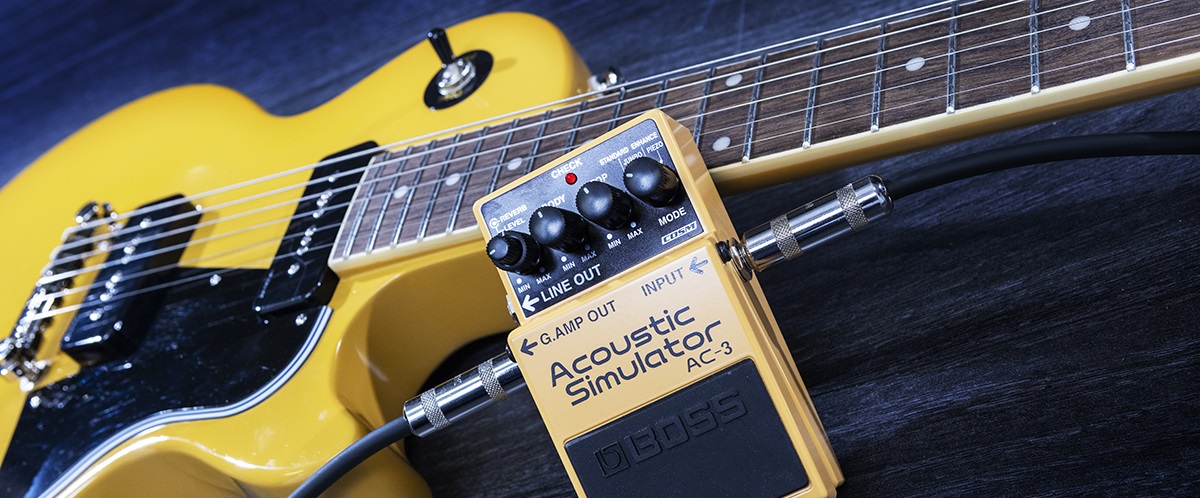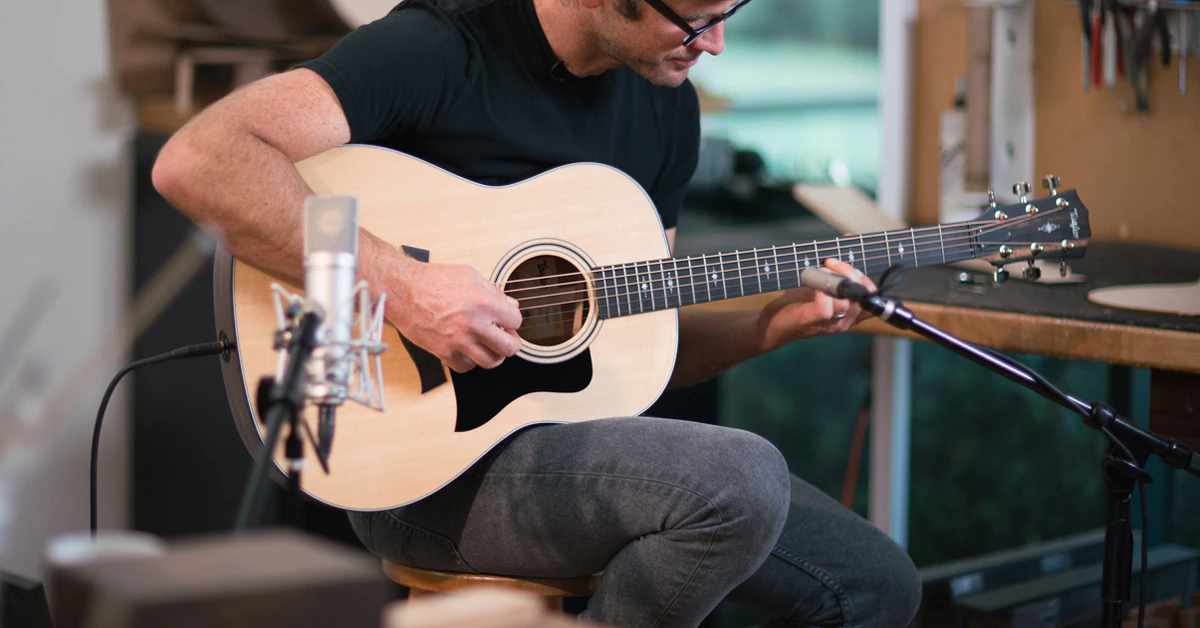Introduction
Introduction
So, you've been playing acoustic guitar for a while, but you've always been drawn to the electrifying sound of an electric guitar. The good news is that you can achieve that same electrifying sound on your acoustic guitar with a few tweaks and techniques. Whether you want to add a little edge to your acoustic performances or explore new sonic possibilities, there are several ways to achieve an electric guitar sound on your acoustic instrument.
In this guide, we'll explore various methods to help you transform your acoustic guitar into a versatile instrument that can produce tones reminiscent of an electric guitar. From choosing the right acoustic guitar to using the appropriate pickups and effects pedals, we'll cover everything you need to know to achieve that sought-after electric guitar sound. Additionally, we'll delve into adjusting your playing technique to further enhance the transformation of your acoustic guitar's sound.
By the end of this guide, you'll have a comprehensive understanding of the tools and techniques at your disposal to infuse your acoustic performances with the dynamic, electrifying sound typically associated with electric guitars. So, grab your acoustic guitar and get ready to embark on an exciting journey to unlock its electric potential!
Choosing the Right Acoustic Guitar
When it comes to achieving an electric guitar sound on your acoustic instrument, selecting the right guitar is crucial. While any acoustic guitar can produce a wide range of tones, certain features can make the task of emulating an electric guitar sound more attainable.
Body Style: The body style of the acoustic guitar plays a significant role in shaping its sound. Opting for a guitar with a cutaway body design can provide easier access to higher frets, allowing you to execute techniques commonly associated with electric guitar playing, such as shredding and soloing.
Neck Profile: A guitar with a slimmer neck profile can facilitate faster playing and make it easier to navigate the fretboard, akin to the experience of playing an electric guitar. Consider trying out guitars with different neck profiles to find one that feels comfortable and conducive to achieving the desired electric guitar sound.
Electrified Acoustics: Some acoustic guitars come equipped with built-in pickups, preamps, and onboard electronics, enabling them to be amplified and manipulated to emulate electric guitar tones more effectively. These electrified acoustics offer greater versatility and can be a valuable asset in your quest to achieve an electric guitar sound on your acoustic instrument.
By carefully considering these factors and experimenting with various acoustic guitars, you can select an instrument that aligns with your sonic aspirations and provides the foundation for transforming its sound into that of an electric guitar.
Using the Right Pickups
One of the most effective ways to emulate the sound of an electric guitar on your acoustic instrument is by utilizing the appropriate pickups. While acoustic guitars typically feature built-in pickups, selecting the right type of pickup can significantly impact the tonal versatility and sonic characteristics of your instrument.
Soundhole Pickups: Soundhole pickups are a popular choice for acoustic guitars, as they can be easily installed and offer a quick and convenient way to amplify the instrument. These pickups capture the vibrations of the strings and body, providing a natural and warm acoustic sound. However, when aiming to achieve an electric guitar sound, soundhole pickups may require additional signal processing and manipulation to emulate the desired tonal qualities.
Under-Saddle Pickups: Under-saddle pickups are commonly found in electrified acoustic guitars and are positioned beneath the saddle of the instrument. They excel at capturing the string vibrations and translating them into a clear and articulate sound when amplified. This type of pickup can offer a more direct and focused signal, making it conducive to shaping the tone to resemble that of an electric guitar.
Soundboard Transducers: Soundboard transducers are another option for enhancing the acoustic guitar’s sound. These pickups are affixed to the guitar’s soundboard and excel at capturing the instrument’s natural resonance and tonal nuances. When combined with signal processing and effects, soundboard transducers can contribute to creating a rich and dynamic sonic palette reminiscent of an electric guitar.
By carefully considering the characteristics and tonal properties of different pickups, you can select a pickup system that aligns with your sonic objectives and provides the foundation for transforming your acoustic guitar’s sound into that of an electric guitar.
Using Effects Pedals
Effects pedals are indispensable tools for shaping and transforming the sound of your acoustic guitar to closely resemble that of an electric guitar. By incorporating a diverse array of effects pedals into your setup, you can expand your sonic capabilities and achieve a more dynamic and electrifying sound.
Overdrive and Distortion: Overdrive and distortion pedals are essential for adding grit and intensity to your acoustic guitar’s sound, emulating the characteristic crunch and sustain associated with electric guitar tones. These pedals can introduce harmonic richness and a gritty edge to your playing, allowing you to venture into rock, blues, and other high-energy genres with authenticity.
Modulation Effects: Modulation effects such as chorus, phaser, and flanger can infuse your acoustic guitar with a sense of movement and depth, akin to the swirling and immersive textures often heard in electric guitar performances. These effects can expand the sonic landscape of your acoustic instrument, adding dimension and character to your sound.
Delay and Reverb: Delay and reverb pedals are instrumental in creating ambience and spatial depth, enhancing the overall sonic experience of your acoustic guitar. By incorporating these effects, you can achieve a sense of spaciousness and atmospheric resonance, akin to the immersive soundscapes often associated with electric guitar performances.
Compression and EQ: Compression pedals can even out the dynamics of your acoustic guitar’s signal, providing a more consistent and controlled sound, while EQ pedals allow you to sculpt the tonal characteristics to closely match the sonic profile of an electric guitar. These pedals can fine-tune your acoustic guitar’s sound, making it more responsive and adaptable to various playing styles and genres.
By integrating effects pedals strategically into your setup and experimenting with different combinations, you can unlock a myriad of sonic possibilities and bridge the gap between the acoustic and electric guitar realms, elevating your performances to new heights of expressiveness and versatility.
Adjusting Your Playing Technique
Adapting your playing technique is a pivotal aspect of achieving an electric guitar sound on your acoustic instrument. By refining your approach and incorporating elements commonly associated with electric guitar playing, you can enhance the sonic characteristics of your acoustic performances and expand your expressive capabilities.
Explore Palm Muting: Palm muting is a technique frequently utilized in electric guitar playing to create a percussive and muted effect. By lightly resting the edge of your picking hand’s palm on the strings near the bridge, you can achieve a controlled and subdued sound, adding a rhythmic emphasis and dynamic texture to your acoustic playing, reminiscent of electric guitar articulation.
Experiment with String Bending: String bending is a hallmark technique in electric guitar playing, allowing for expressive pitch variations and emotive phrasing. While acoustic guitars typically have heavier gauge strings, incorporating subtle string bends can impart a vocal-like quality to your playing, infusing your acoustic sound with the emotive nuances reminiscent of electric guitar performances.
Utilize Legato Playing: Embracing legato playing techniques, such as hammer-ons and pull-offs, can introduce fluidity and articulation to your acoustic guitar sound, akin to the seamless and connected phrasing often heard in electric guitar solos. By incorporating legato techniques, you can imbue your playing with a heightened sense of expressiveness and melodic fluidity.
Embrace Hybrid Picking: Hybrid picking, which involves using a combination of pick and fingers to pluck the strings, can expand your sonic palette and facilitate the execution of intricate and dynamic passages, reminiscent of the dexterity and agility associated with electric guitar playing. This approach can enhance the articulation and rhythmic complexity of your acoustic performances.
By integrating these techniques into your playing style and exploring the crossover between acoustic and electric guitar techniques, you can elevate the sonic versatility of your acoustic instrument, unlocking a spectrum of expressive possibilities and infusing your performances with the captivating allure of electric guitar sound.
Conclusion
Embarking on the journey to achieve an electric guitar sound on your acoustic instrument opens the door to a realm of sonic exploration and creative possibilities. By carefully considering the characteristics of your acoustic guitar, selecting the right pickups, incorporating effects pedals, and refining your playing technique, you can transform your instrument’s sound into a dynamic and electrifying force, reminiscent of the iconic tones associated with electric guitars.
Choosing the right acoustic guitar, whether it features a cutaway body design, a slim neck profile, or built-in pickups, lays the foundation for shaping its sonic potential. Selecting pickups that capture the nuances of your playing style and tonal aspirations can significantly influence the authenticity of the electric guitar sound you aim to achieve.
Furthermore, integrating effects pedals into your setup empowers you to sculpt and expand your acoustic guitar’s sonic landscape, infusing it with the immersive textures and expressive qualities synonymous with electric guitar performances. From overdrive and modulation effects to delay, reverb, and tonal shaping tools, the possibilities for sonic transformation are boundless.
Refining your playing technique by embracing elements such as palm muting, string bending, legato playing, and hybrid picking allows you to bridge the gap between acoustic and electric guitar styles, enriching your performances with a diverse array of articulations and tonal nuances.
As you continue to explore and experiment with these methods, remember that the pursuit of an electric guitar sound on your acoustic instrument is a deeply personal and creative endeavor. Embrace the process of discovery, and allow your sonic aspirations to guide you toward new sonic horizons.
Ultimately, the fusion of acoustic and electric guitar elements within your playing not only expands your sonic palette but also enriches your musical expression, enabling you to craft performances that resonate with depth, emotion, and electrifying energy. So, pick up your acoustic guitar, unleash your creativity, and embark on an exhilarating sonic odyssey to unlock its electric potential.







